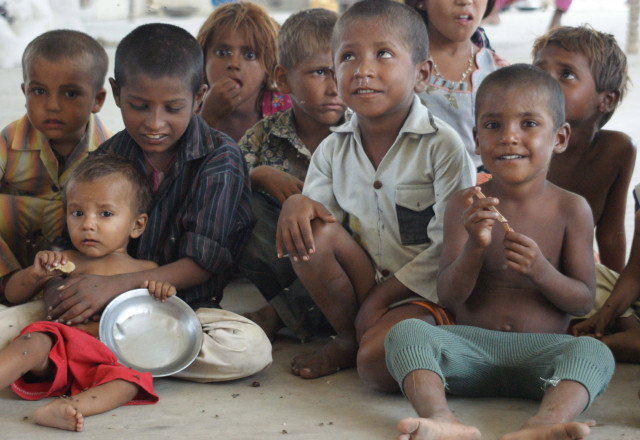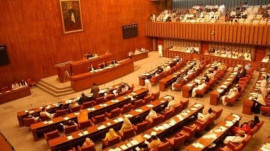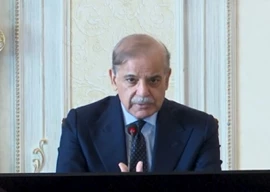
The United Nations Human Development Report (HDR) 2019 has ranked Pakistan at 152 among 189 nations as compared to 151 last year.
The country also fared poor as compared to most other South Asian nations. India, Bangladesh, Nepal, Bhutan, Sri Lanka and Maldives performed better than Pakistan. The results are based on the 2018 data.
The Human Development Index forms part of the HDR 2019, a flagship study produced annually by the UNDP. This year’s report is titled ‘Beyond income, beyond averages, beyond today: Inequalities in Human Development in the 21st Century’.
In other South Asian countries, India ranked 129 on the index; Bangladesh 135, Sri Lanka 71, Maldives 104, Nepal 147, and Bhutan 134.
“Pakistan is 13% below the average HDI of South Asia,” said Umer Malik, a policy analyst of the UNDP. “There was some improvement on the HDI but the country lagged far behind than other nations.”
The life expectancy at birth and average expected years of schooling were lower than South Asian averages, according to the report.
In 2018, the life expectancy in Pakistan was 67.1 years and average years of schooling 8.5 years. Compared to this, life expectancy in Bangladesh was 72 years.
“When Bangladesh was part of Pakistan, it was very underdeveloped but now we have to look at what the reasons are for not making progress in human development,” said Dr Ayesha Pasha, a member of the National Assembly Standing Committee on Finance, while speaking at the launching ceremony.
Even inequality adjusted human development was low in Pakistan compared with the regional average. The country significantly suffered because of inequality in health and education dimensions, according to the report.
Pakistan also performed poor on the gender development index and its ranking was low compared with regional peers. In terms of gender inequality, the report stated that the labour force participation rate for women is 23.9% while that for men is 80.3%.
The human development improved by 25% in Pakistan from 2000 to 2018 but the rate of increase slowed down after 2015, said Umer Malik.
“On the multidimensional poverty index, there are 541 million poor in South Asia and 75 million or nearly 14% of them live in Pakistan,” said Dr Sabina Alkire, director of Oxford Poverty and Human Development Initiative. She said 11% of South Asian girls were multidimensional poor and this ratio was 27% in Pakistan.
Similarly, nearly one-fourth children in South Asia suffer from intra-household inequality in nutrition and in Pakistan, one out of every three children, were suffering from intra-household inequality in nutrition.
“The 74 million deprived Pakistanis cannot be lifted out of poverty through targeted interventions by the government,” said Dr Ayesha Pasha. “The government will have to implement policies that promote inclusive growth to end multi-dimensional poverty.”
Dr Pasha, who has remained the finance minister of Punjab, said that tax, fiscal, credit and property ownership structures in Pakistan favoured elites, which created more inequalities in the country. “Those who are not close to power structures are likely to remain poor, which should be a matter of concern,” she added.
The report stated that as many as 38.3% of the country’s population was living in multidimensional poverty, while 12.9% was at risk of being pushed into the category. It defines the phenomenon of multidimensional poverty using the Multidimensional Poverty Index (MPI) which assesses the nature and intensity of poverty at the individual level in education, health outcomes, and standard of living.
According to the report, 51.7% of the population is suffering from intense deprivation while 21.5% lives in “severe poverty”.



1725254039-0/Untitled-design-(24)1725254039-0-270x192.webp)














COMMENTS
Comments are moderated and generally will be posted if they are on-topic and not abusive.
For more information, please see our Comments FAQ